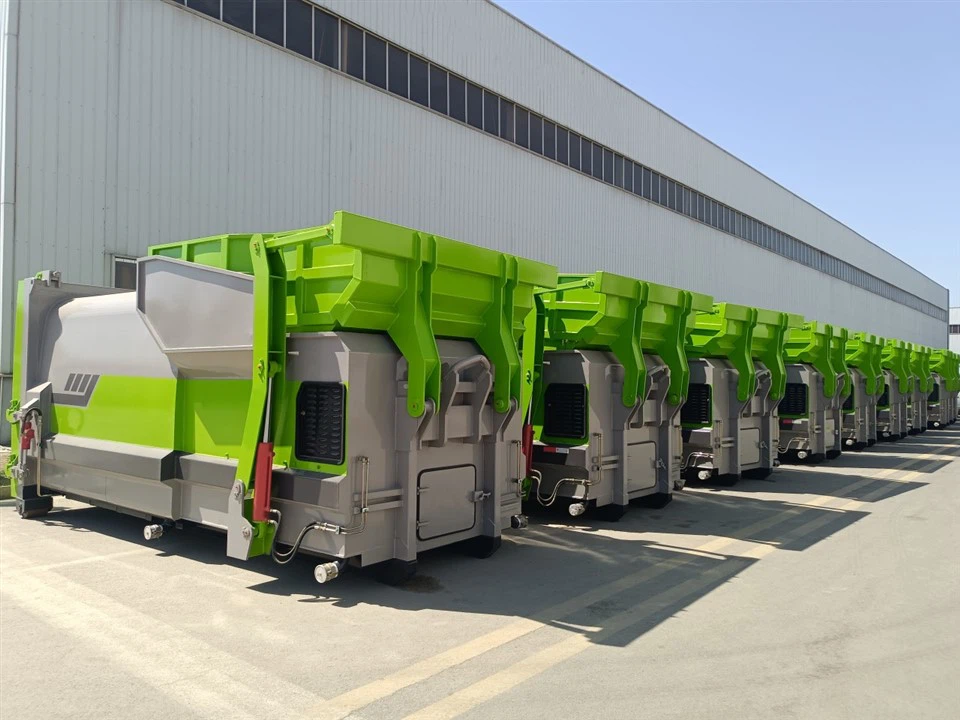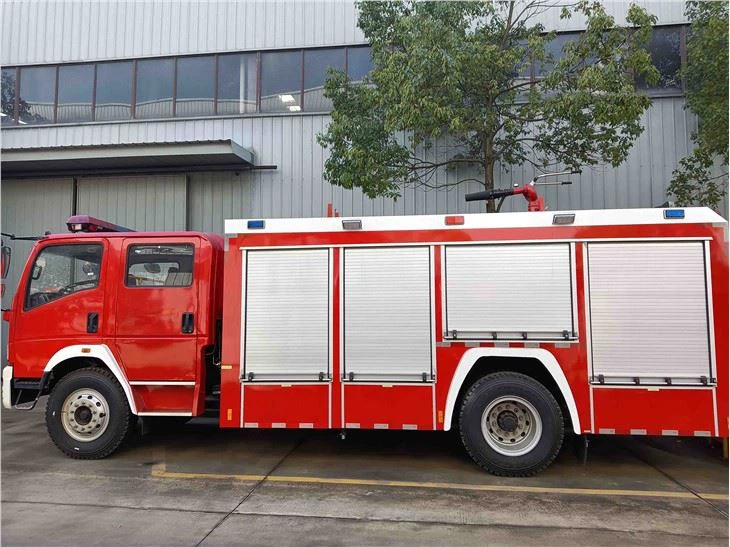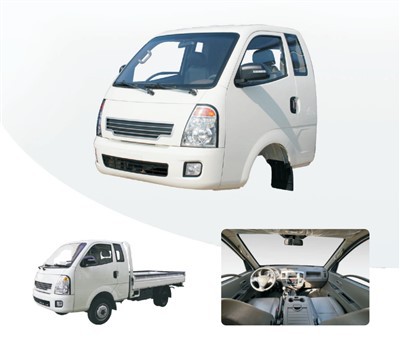Ultimate Guide to Sidewalk Sweepers: Keeping Your Streets Clean

In urban environments, cleanliness is crucial not only for aesthetic purposes but also for public health and safety. Sidewalk sweepers play a vital role in achieving this cleanliness. In this article, we delve deep into the world of sidewalk sweepers, exploring their types, functionalities, benefits, maintenance tips, and real-world applications.
What Are Sidewalk Sweepers?
Sidewalk sweepers are specialized machines designed to clean sidewalks, parking lots, and other pedestrian areas. Unlike traditional brooms, these machines can vacuum up debris, dirt, leaves, and litter quickly and efficiently, ensuring that public spaces remain tidy and inviting.
History of Sidewalk Sweepers
Sidewalk sweepers have evolved significantly since their inception. Initially operated manually, later advancements introduced motorized versions in the early 20th century, leading to increased efficiency and effectiveness. Today, they come in various sizes and specifications to cater to different cleaning needs.
How Do Sidewalk Sweepers Work?
Most sidewalk sweepers utilize a combination of brushes and suction mechanisms. The brushes sweep debris into a chamber while a powerful vacuum engine collects and stores the waste, allowing for quick disposal. Some modern models also incorporate wastewater systems, simultaneously rinsing and sucking up dirt for a deeper clean.
Types of Sidewalk Sweepers
Various types of sidewalk sweepers are available, each suited to specific cleaning tasks.
1. Manual Sweepers
Manual sweepers require human effort to operate. They are ideal for smaller areas but can be labor-intensive and less efficient over larger surfaces.
2. Ride-On Sweepers
These machines allow operators to sit while cleaning. Ride-on sweepers are more efficient than manual systems and are suitable for larger areas like parks and long sidewalks.
3. Truck-Mounted Sweepers
Truck-mounted sweepers are robust machines designed for heavy-duty cleaning tasks. They can cover vast areas quickly and are commonly employed by municipalities for street cleaning.
4. Battery-Operated Sweepers
Battery-operated sweepers are environmentally friendly and quieter than gas-powered machines, making them an excellent choice for urban areas where noise pollution should be minimized.
Benefits of Using Sidewalk Sweepers
Investing in sidewalk sweepers brings various advantages to commercial and municipal cleaning operations.
1. Enhanced Cleanliness
Sidewalk sweepers provide a deeper clean than manual methods, removing not just larger debris but also fine particles that may contribute to dirt build-up.
2. Time Efficiency
Using a sidewalk sweeper significantly reduces the time needed for cleaning tasks, allowing operators to cover larger areas in shorter periods.
3. Improved Public Health
Regular cleaning helps in preventing the accumulation of waste, which can attract pests and harbor diseases, contributing to better public health.

4. Cost-Effective Solution
Although the initial investment might be high, the long-term savings in labor costs and efficiency make sidewalk sweepers a cost-effective solution.

Choosing the Right Sidewalk Sweeper
Selecting the appropriate sidewalk sweeper depends on various factors, including the area to be cleaned and the type of debris commonly found.
1. Assessing Area Size
Consider the size of the area needing cleaning. For large municipal areas, truck-mounted or ride-on sweepers may be more suitable.
2. Type of Debris
Understanding the nature of the debris (leaves, litter, or fine dust) can help determine the type of sweeper required, as different models are optimized for different materials.
3. Budget Considerations
Determine your budget for purchasing or leasing a sidewalk sweeper. Remember to consider operating costs, maintenance, and potential labor savings.
Maintaining Sidewalk Sweepers
Regular maintenance ensures sidewalk sweepers operate efficiently and last longer.
1. Daily Checks
Before use, conduct daily checks to ensure the machine is in safe working order. Inspect the brushes, filters, and engine.
2. Cleaning and Replacement
After heavy use, clean the sweeper’s components and replace worn-out brushes or filters promptly to maintain efficiency.
3. Seasonal Maintenance
Inspect and service the machine at the start of each season, addressing any wear and tear accumulated through regular use.
Real-World Applications of Sidewalk Sweepers
Sidewalk sweepers are versatile machines used in various settings, each showcasing their benefits.
1. City Parks
Cities often use sweepers in parks to keep pathways clear of debris, enhancing visitor experiences and maintaining safety.
2. Shopping Centers
Shopping centers rely on sweepers to keep parking lots and walking areas free of litter, attracting customers with a clean environment.
3. Streets and Sidewalks
Municipalities utilize sweepers regularly on streets to prevent dirt accumulation, manage stormwater runoff, and reduce air pollution.
4. Industrial Areas
Industries often use sweepers to maintain clean workspaces, which is essential for safety and compliance with regulations.
Sidewalk Sweepers vs. Other Cleaning Methods
When considering cleaning methods, sidewalk sweepers often outperform traditional methods.
1. Manual Brooms vs. Mechanical Sweepers
While manual brooms can be effective for small areas, mechanical sweepers offer efficiency and superior cleanliness, especially in larger spaces.
2. Vacuum Trucks vs. Sidewalk Sweepers
Vacuum trucks serve specialized purposes (often involving liquids or larger debris), whereas sidewalk sweepers provide a broader solution for lighter debris cleaning.
3. Pressure Washing
Pressure washing can be effective for deep cleaning, but it may be less effective at removing litter and solid debris compared to sweepers.
Tips for Effective Sidewalk Sweeping
To maximize the effectiveness of sidewalk sweepers, consider these practical tips.
1. Select the Right Time for Cleaning

Schedule cleaning during off-peak hours to minimize disruptions and allow for more efficient operation without interference from pedestrians.
2. Ensure Adequate Training
Operators should be well-trained in using the equipment to ensure safety and maximize efficiency.
3. Use Appropriate Attachments
Utilizing various attachments can enhance the capabilities of your sweeper, allowing for more customized cleaning processes.
4. Monitor Weather Conditions
Be mindful of weather conditions. Sweeping after rain can be ineffective, as debris can be stuck to the ground; sunny days provide cleaner results.
FAQ Section
1. How often should sidewalks be swept?
Sidewalks should typically be swept at least once a week, but high-traffic areas may require more frequent cleaning.
2. Can sidewalk sweepers clean during winter?
Yes, many modern sidewalk sweepers are designed to operate efficiently in winter conditions, removing snow and ice along with debris.
3. What is the lifespan of a sidewalk sweeper?
With proper maintenance, sidewalk sweepers can last anywhere from 5 to 10 years, depending on usage and care.
4. Are sidewalk sweepers environmentally friendly?
Battery-operated and electric models are more environmentally friendly, reducing emissions and noise pollution compared to gas-powered options.
5. How do I maintain my sidewalk sweeper?
Regular checks, cleaning of components, and replacement of worn-out parts are key to maintaining your sweeper effectively.
6. Can sidewalk sweepers handle different types of debris?
Yes, different sweepers are optimized for various debris types, so selecting the right model is essential for effective cleaning.
Conclusion
Sidewalk sweepers are invaluable tools for maintaining cleanliness in urban settings. By understanding the types, benefits, and proper maintenance of these machines, communities and businesses can ensure their public spaces remain inviting and safe.
